SYRIA
a decade of war
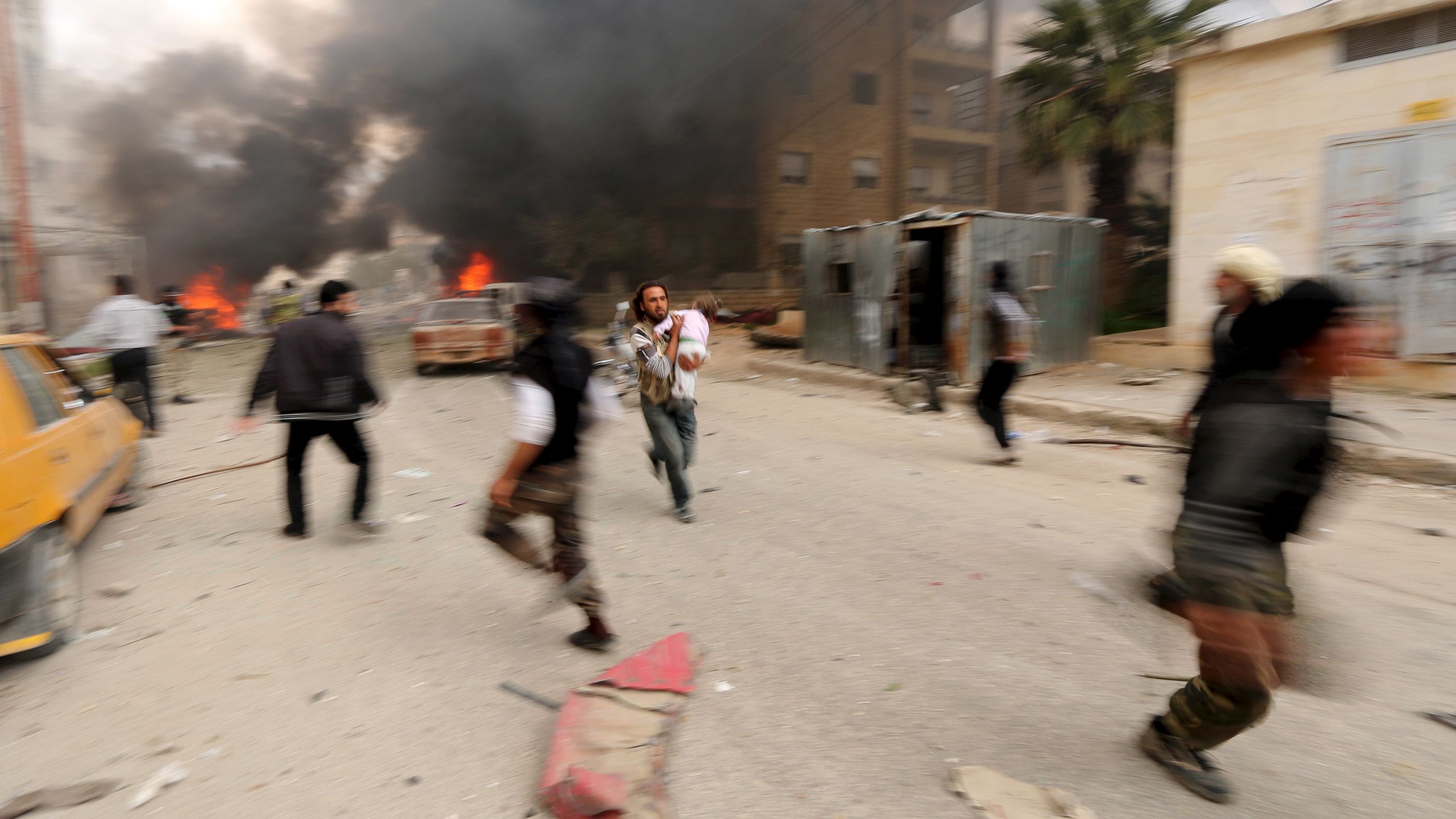
The brutal war in Syria has ravaged a country. It has killed nearly 500,000 people and displaced half the population. It has destroyed lives and brutally torn away the future of an entire generation. Many Syrians have fled the country while others have chosen to stay.
Here is a snapshot of a decade of war, and some of the lives that have been affected.
In 2011, Syria had a population of around 21 million people. This Middle Eastern country borders Lebanon, Turkey, Iraq, Jordan, Israel and the Mediterranean Sea. It’s a country with diverse landscapes and multiple World Heritage sites.
As the so-called “Arab Spring” gained momentum across the Middle East, an uprising in Syria took hold. Very few could have predicted the path of destruction that would unfold.
NRC works to support refugees and displaced people in over 30 countries around the world, including Syria. Support our work today.
2012
the fighting escalates
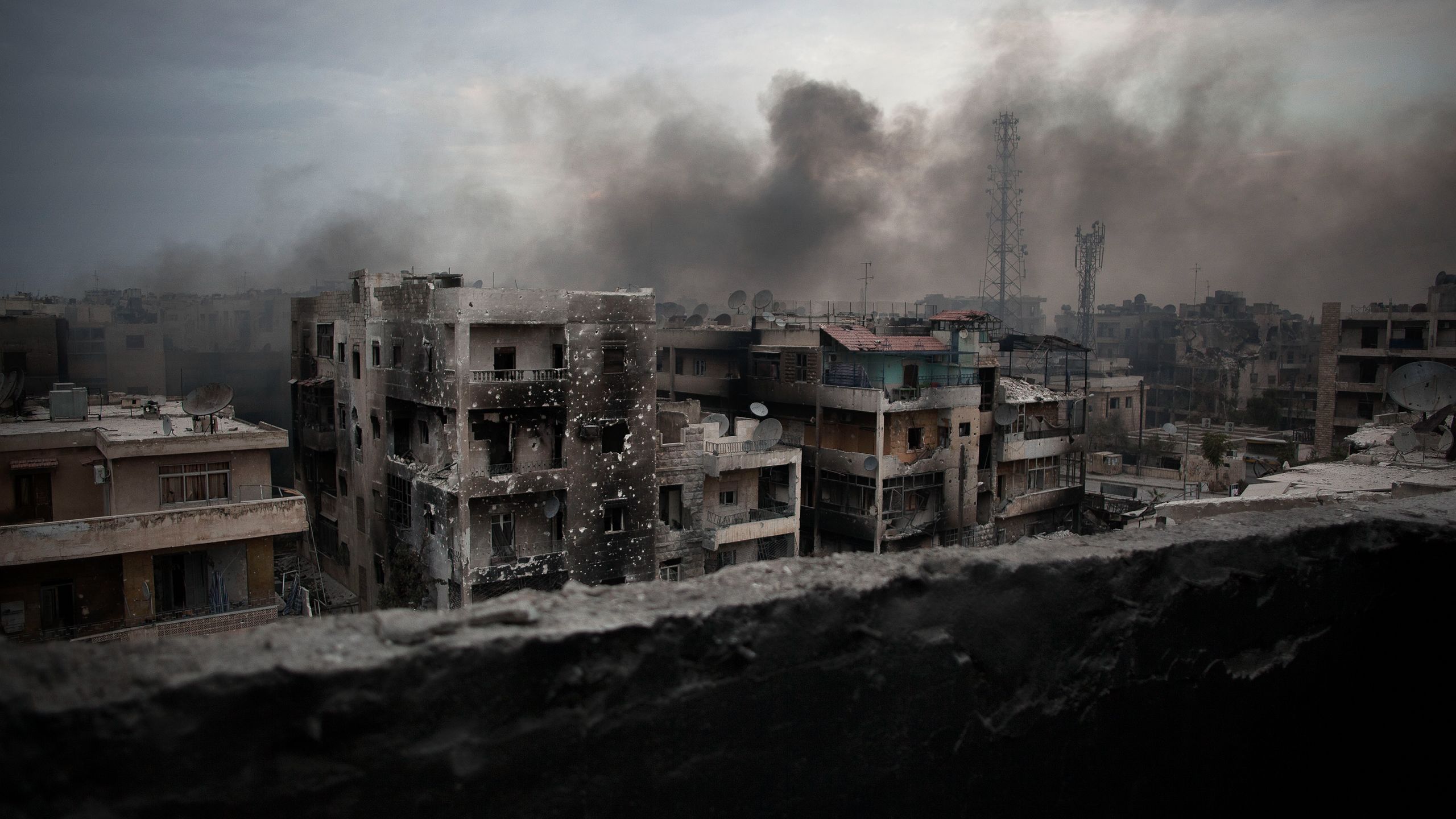
2012 saw fighting escalate and expand into new areas throughout the country as the conflict descended into civil war. This photo was taken in October 2012, in Aleppo.
Before the war began, the governorate of Aleppo was the most populous in the country, home to around 5 million people. The city of Aleppo has been one of the main battlegrounds during the last ten years, and civilians have been brutally exposed.
2013
thousands cross the border to Iraq
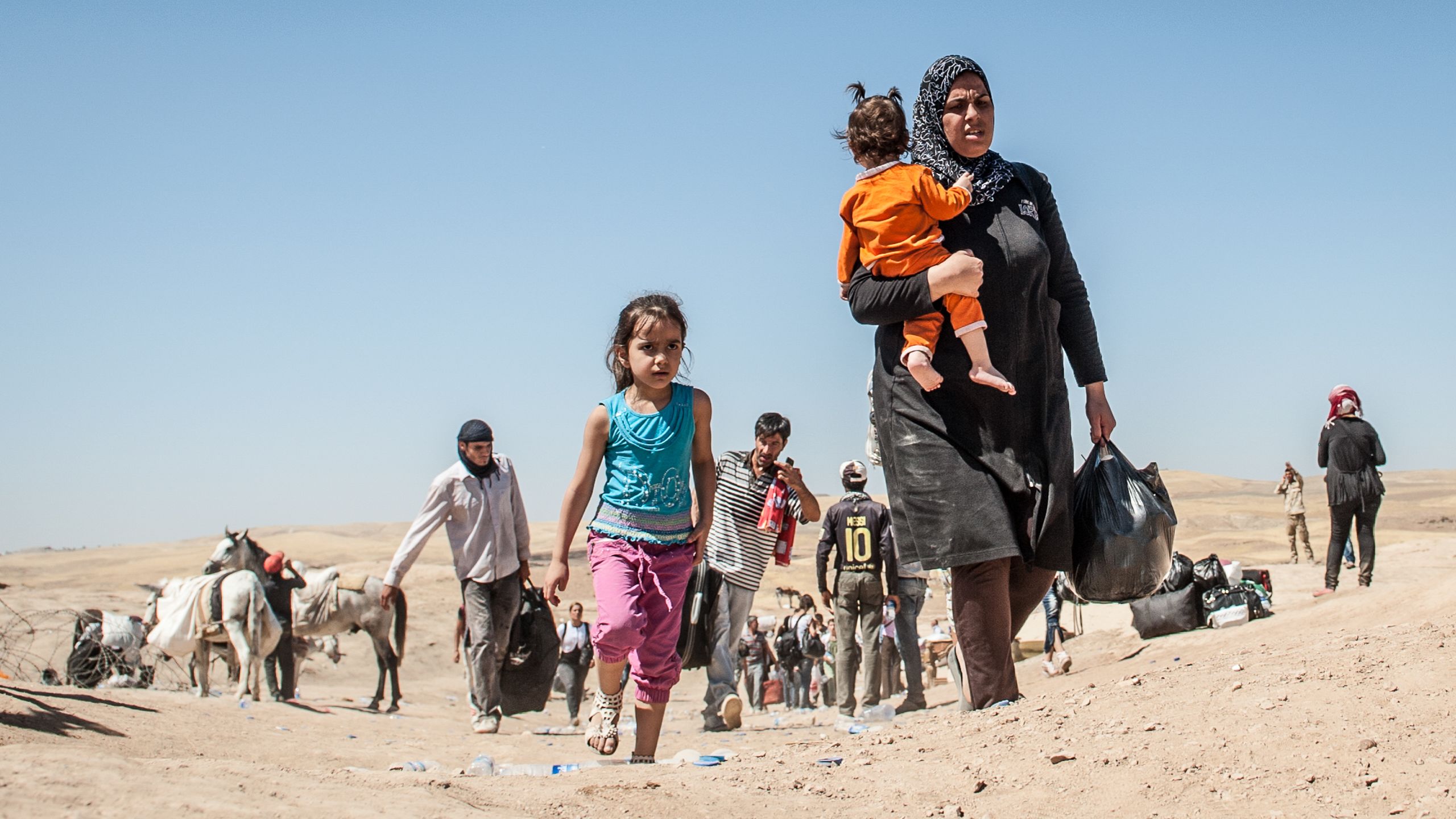
When the Sahela border crossing between Syria and the Kurdistan region of Iraq reopened in August 2013, more than 33,000 Syrians crossed in just five days under the blazing summer sun. They were forced to flee their homes and leave most of their possessions behind in the hope of finding safety.
2014
despair
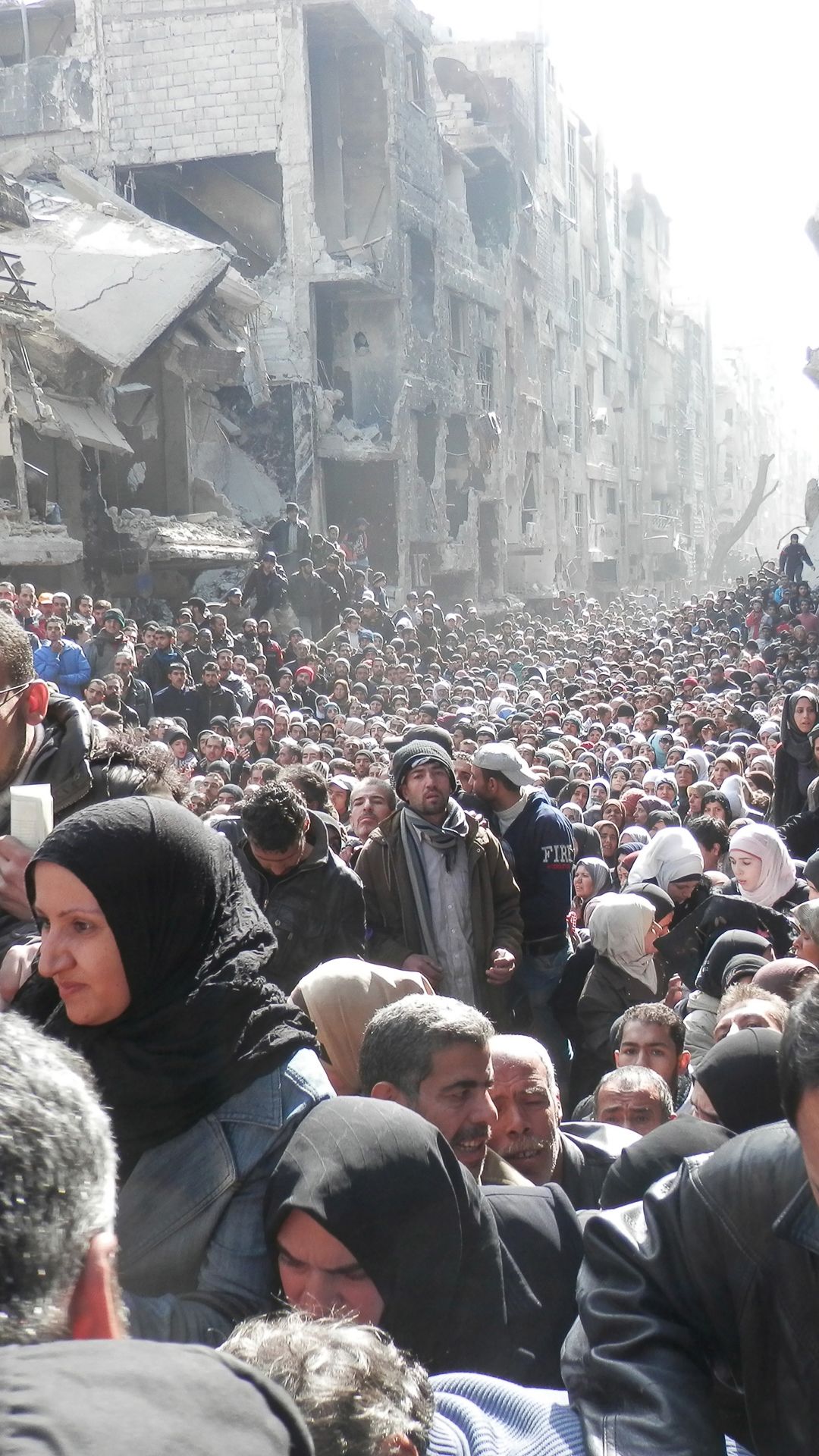
Yarmouk is a town south of Damascus. Before the war it was home to around 160,000 Palestinian refugees. Yarmouk became a battlefield as early as 2012. The civilian population ended up in the line of fire between the warring parties. From July 2013 the area was under siege, severely limiting access to food and other essentials.
This photograph of a sea of humanity pushing through the ruins of the destroyed neighbourhood made an impression on the whole world. The picture was taken in the third year of the Syrian war. Thousands of people in Yarmouk were desperate for their rations of very delayed, and far too scarce, emergency aid.
2015
reaching the beaches of Europe
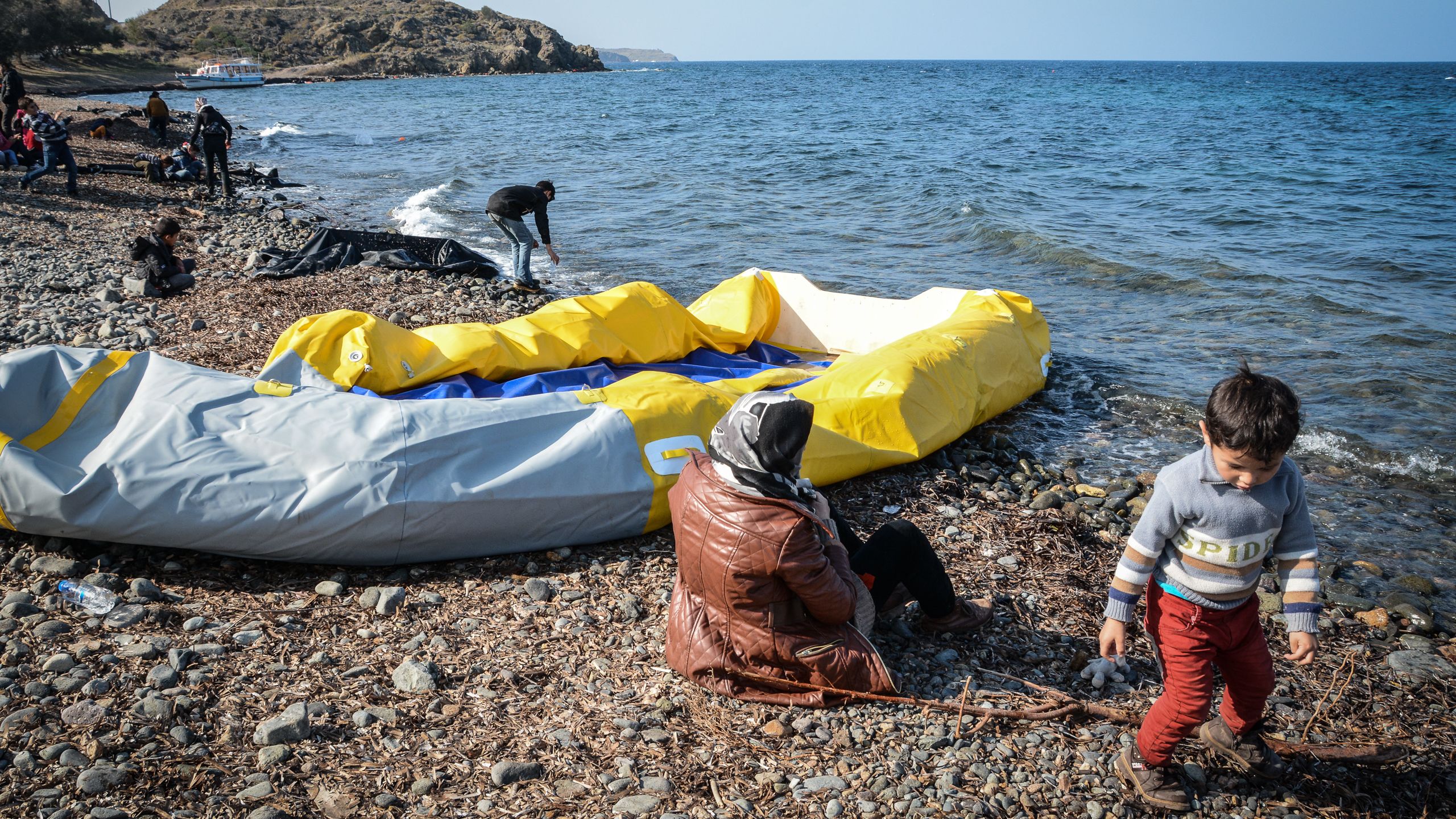
As the conflict grew, many desperate families crossed the Mediterranean in the hope of finding refuge in Europe. The boats they used were often unsafe, and the lifejackets were of varying quality.
This photo was taken on a beach on Lesvos, a small Greek island. Photos such as this circulated widely in 2015, when the so-called European refugee “crisis” hit its peak.
2016
in search of safety
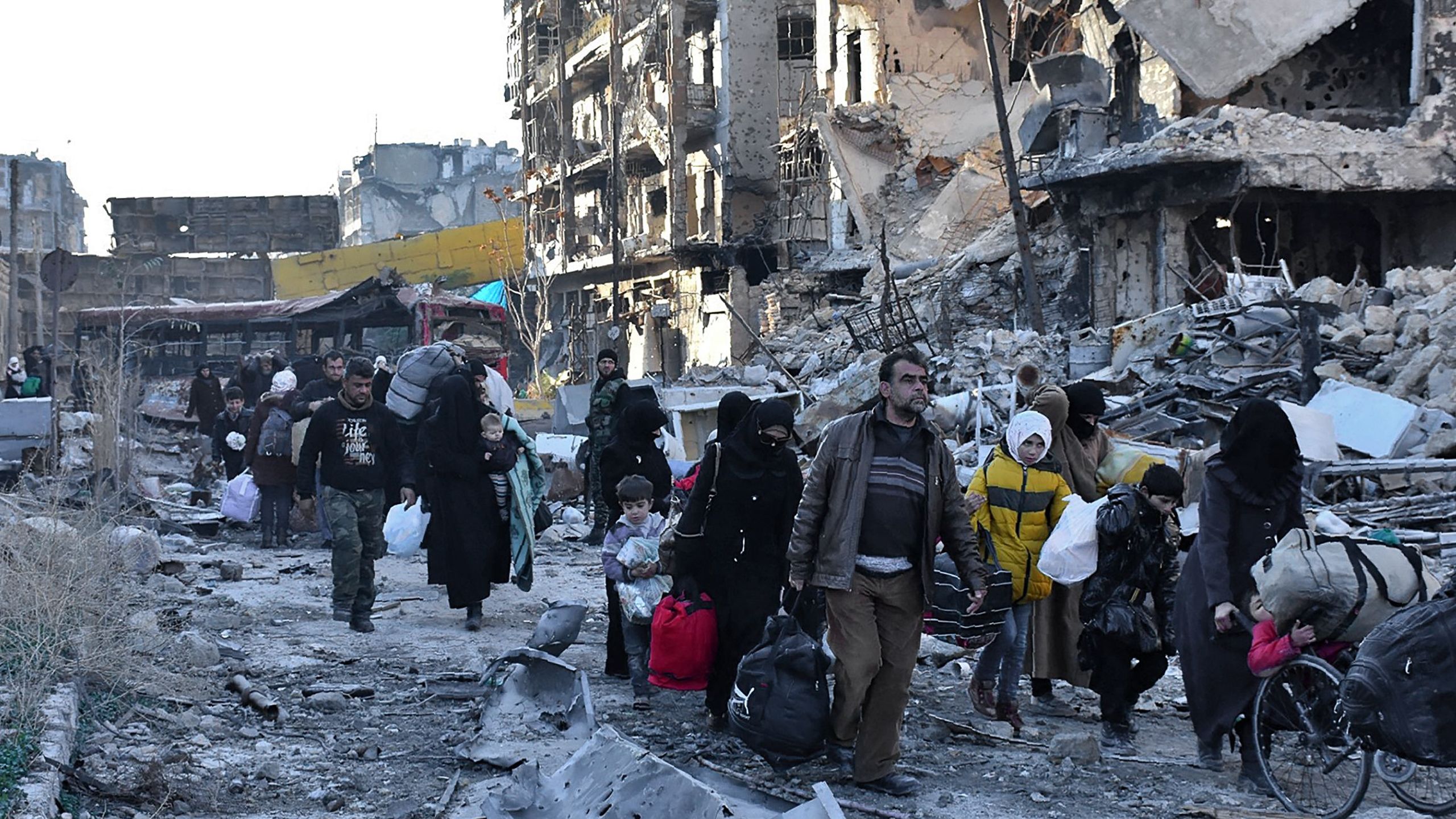
Residents of Aleppo once again faced horrific violence, as forces fought for territory. This photo was taken in the neighbourhood of Bab al-Hadid as families picked up what few belongings they could carry and headed for safety.
2017
the largest camp for Syrian refugees
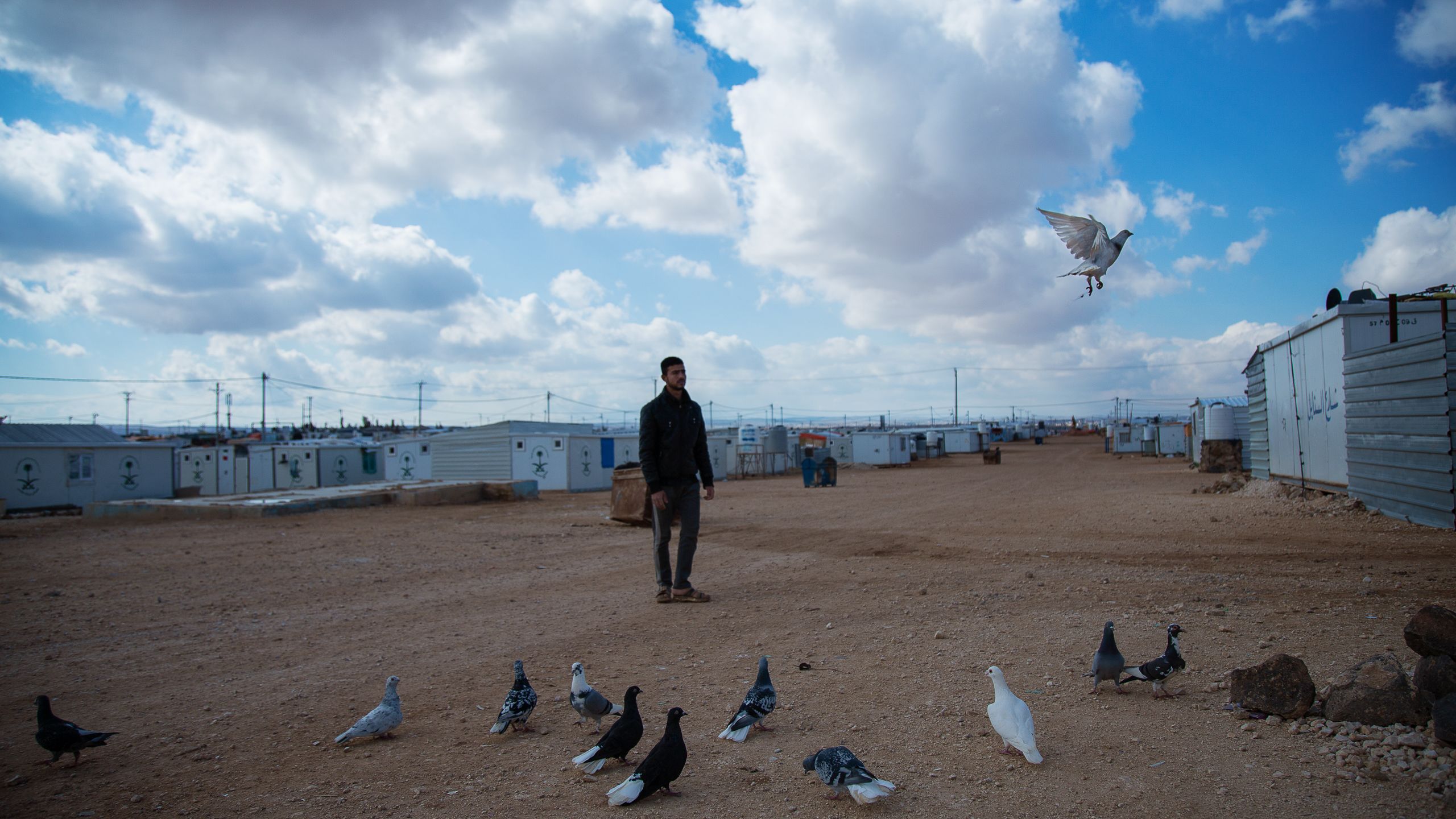
Zaatari refugee camp in Jordan was first set up in 2012 to shelter Syrians who were fleeing the brutal war. It quickly grew into one of the largest camps in the world for Syrian refugees.
Over 70,000 people currently live here in caravans in the middle of the desert.
Eyad was photographed here in 2017, aged 23. He was working as a pigeon breeder – his way of making a living in the camp.
2018
schools in ruins
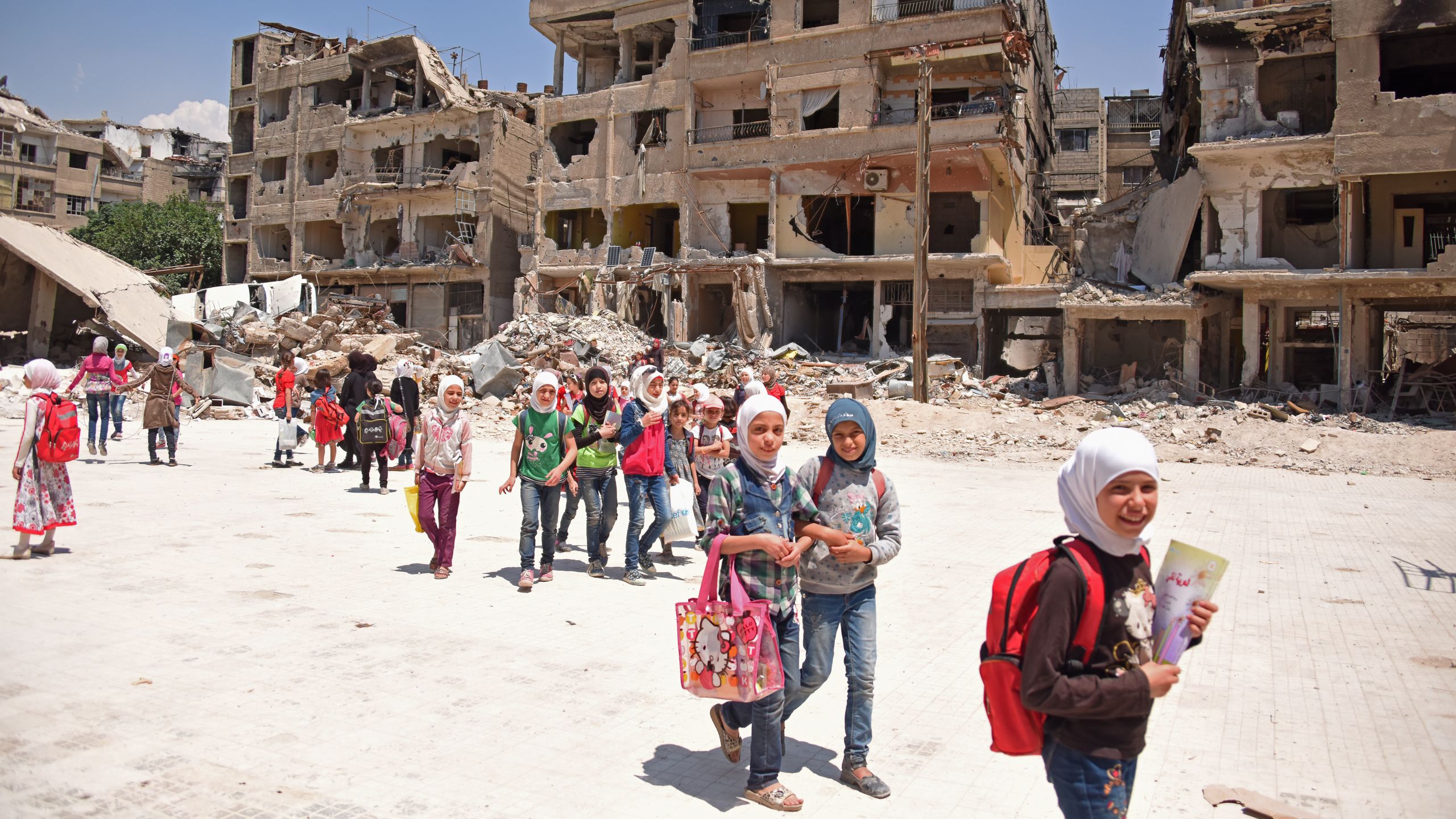
Almost five years of siege ended with a peak in fighting in Harasta, leaving most of the neighbourhood in ruins. Tens of thousands of those who had fled returned to find their homes destroyed.
This school welcomed children back, even though parts of the building were destroyed or badly damaged. Despite all they had been through, the children were happy to be back to school.
According to the United Nations Children’s Fund, two of every five schools in Syria have been damaged or destroyed. In 2020, the Norwegian Refugee Council (NRC) renovated the school so that children could learn in a safe environment, away from the fighting.
2019
new arrivals in Iraq
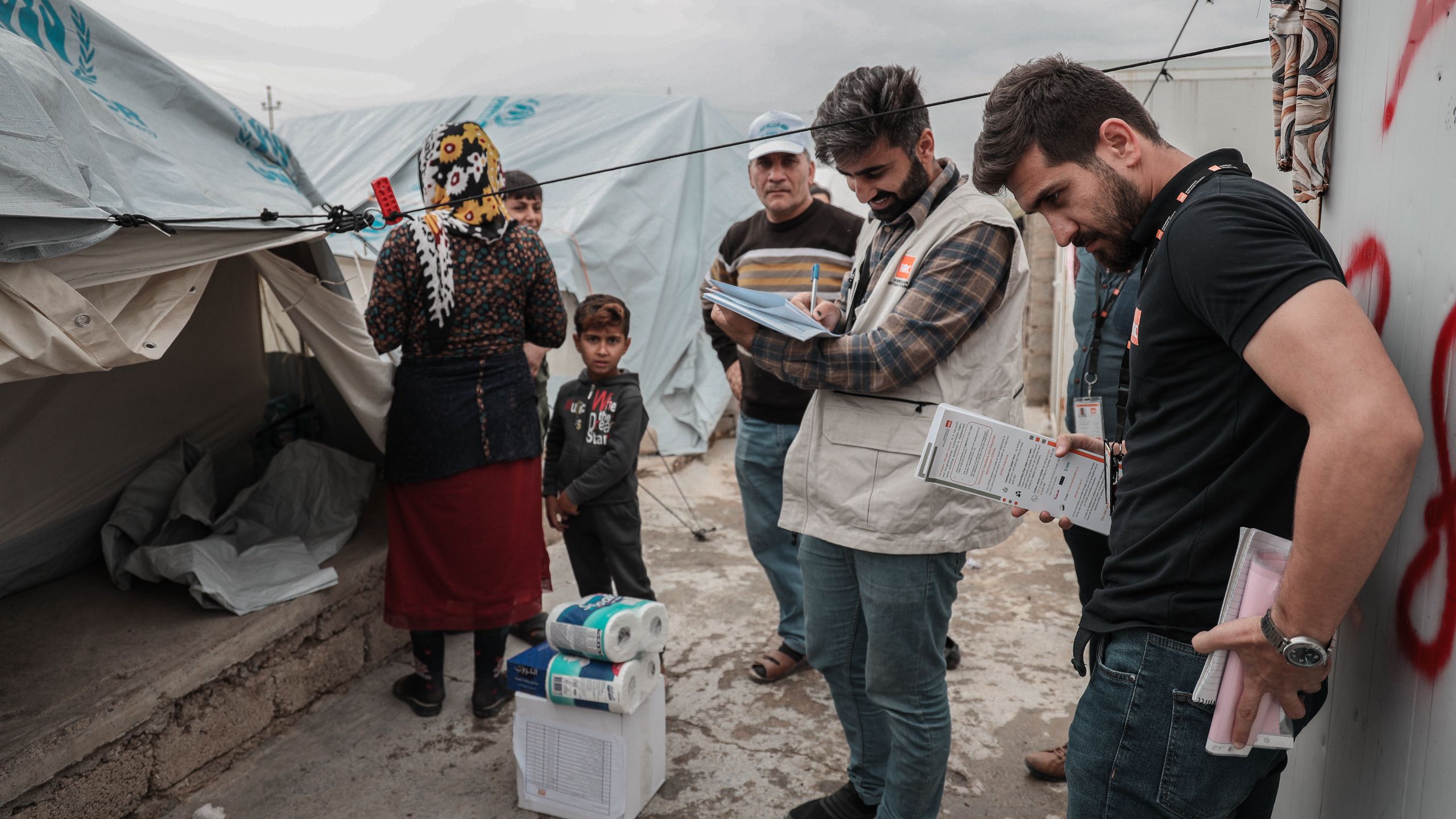
NRC responded to a new influx of Syrian refugees at Bardarash camp, Iraq in October 2019. The refugees arrived at the camp on busses, having fled Syria due to the deteriorating living situation.
We went from tent to tent to assess the needs of the new arrivals, and to distribute essential items such as soap, diapers and bottled water.
2020
Lebanon’s tented settlements
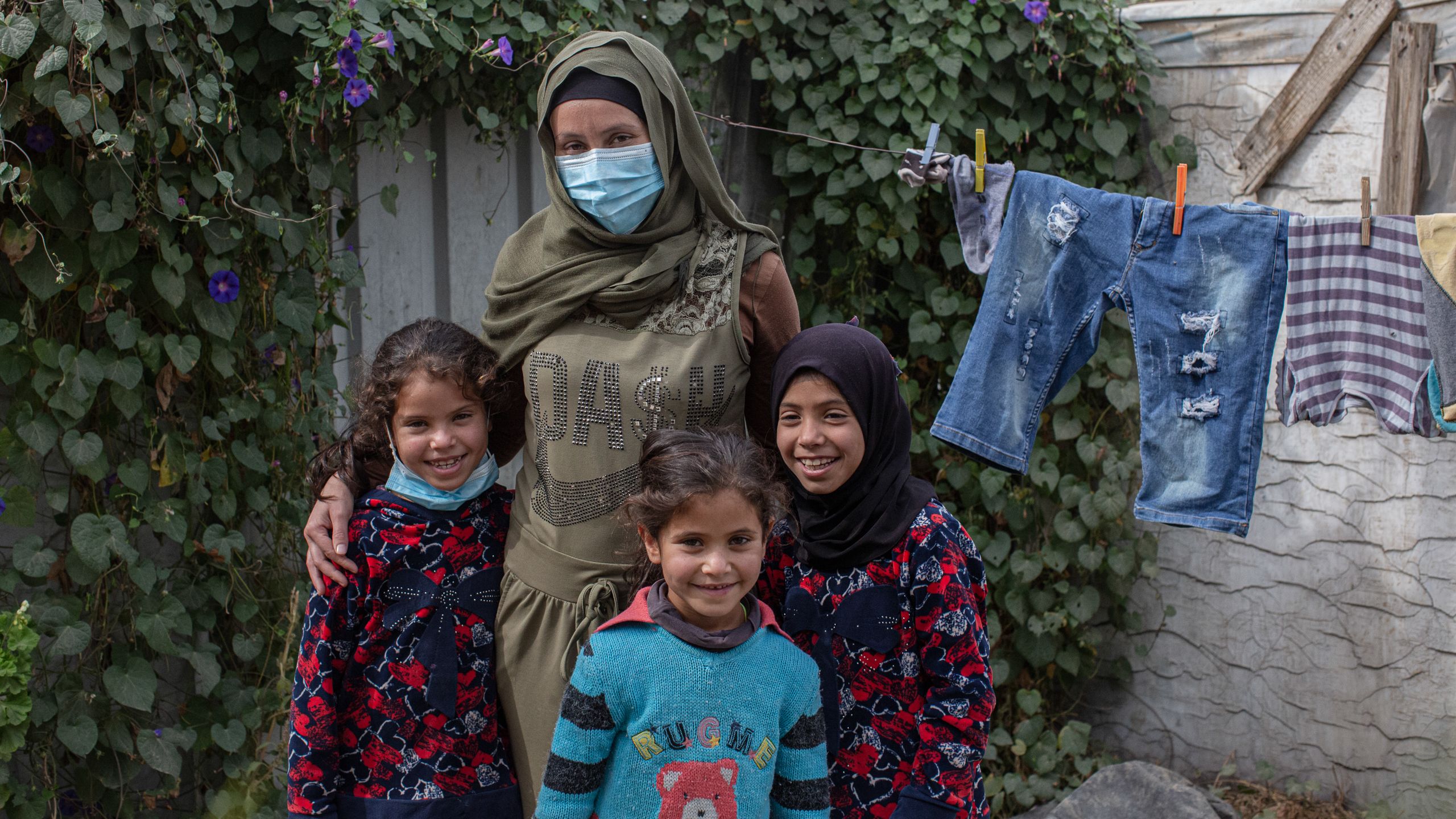
Living in a tent is all that Umayya’s children have ever known. They fled Syria in 2011 and have been living as refugees in Lebanon for almost a decade.
Umayya told NRC that she desperately wants to return to the family’s old home in Syria. She wants her children to be able to put down roots, to go to school, and to feel at home.
“You don’t forget your homeland, whatever happens. We think about going back to Syria, about our children going back. We want them to know what it’s like to have a thing that’s theirs.”
Lebanon hosts over 1.5 million Syrian refugees. Ninety per cent of them are living in extreme poverty.
2021
hunger and disease
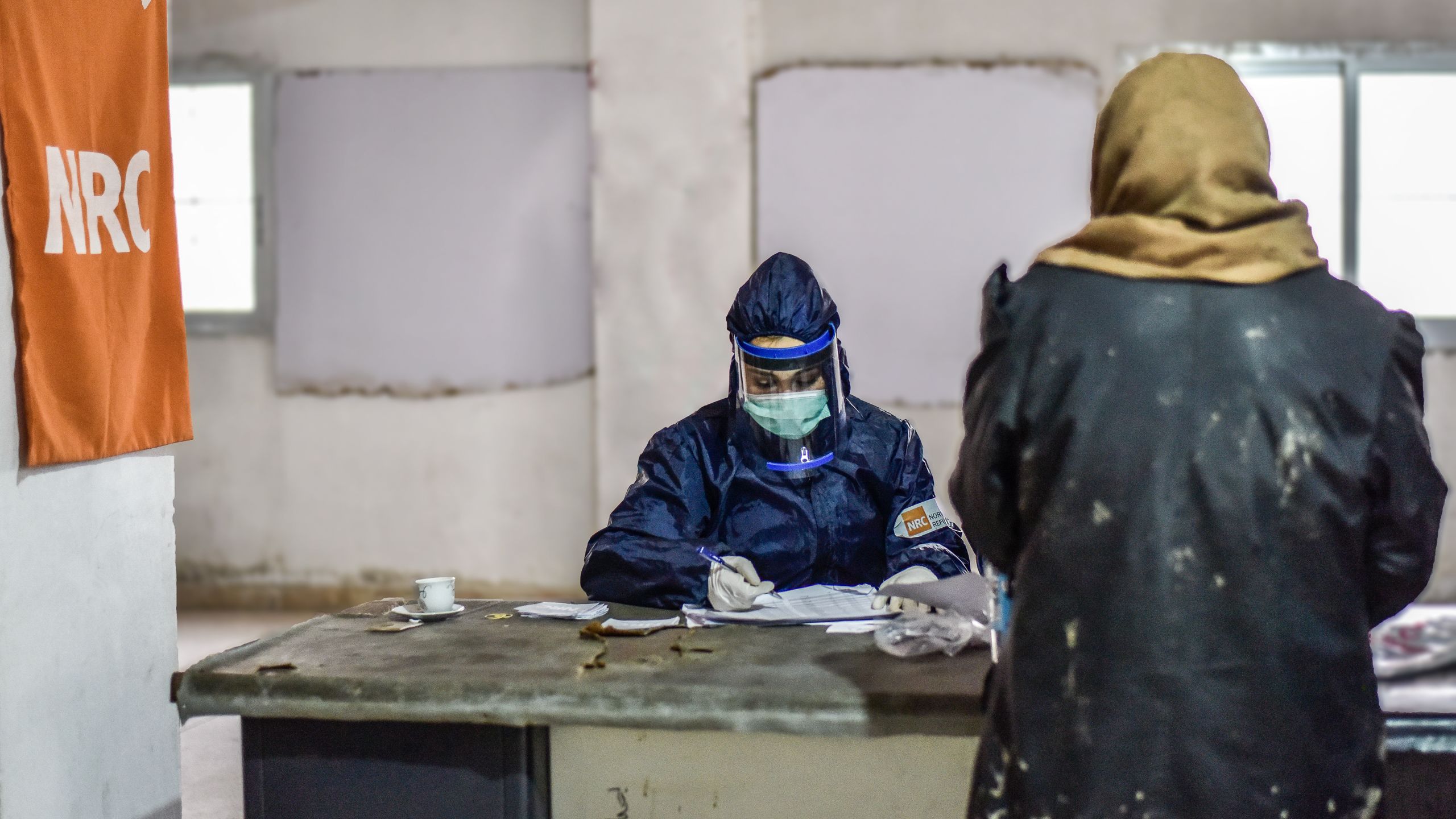
In 2021, the fighting is still going on, especially in the north of Syria. People continue to be forced to flee their homes. The economy has collapsed, and severe hunger is on the rise. Covid-19 has hit the war-torn country hard.
In this photo, NRC is distributing essential relief items to families in need in a town in rural Damascus.
It will take decades for Syria to recover from the damage the conflict has caused.
We must use this ten-year mark to reinvigorate efforts to end the crisis and support Syrians in need. NRC is one of only a few organisations operating across the whole of Syria. Against a backdrop of intense conflict, we work to provide emergency, transitional and longer-term assistance to people in need.

